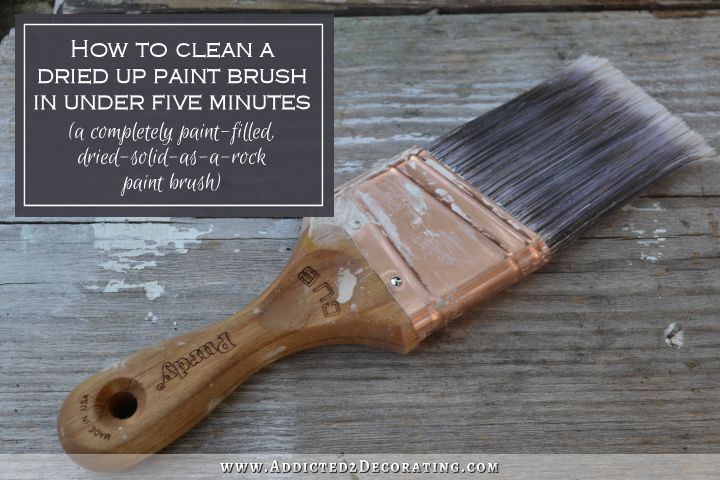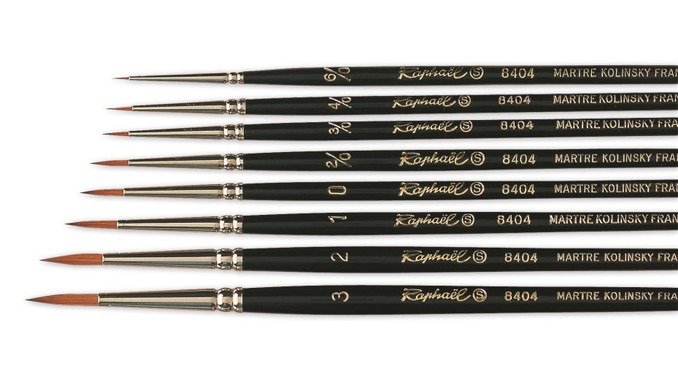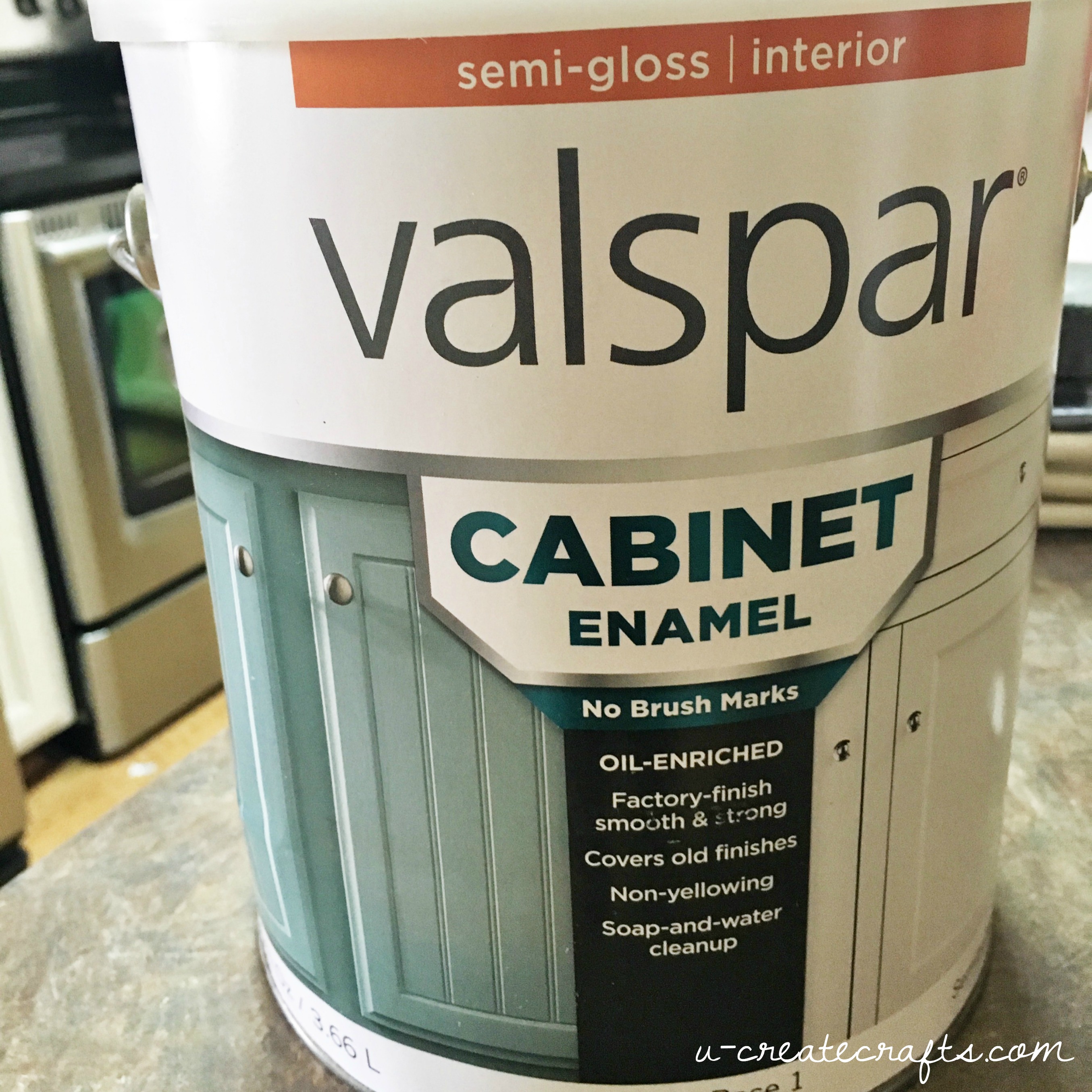- Natural bristle is the best choice for oil-based paints, varnishes, shellac, alkyd enamels, stains, and polyurethanes. The highest quality bristles come from mainland China. Experienced, traditional painters will say there’s nothing like the finish that a China bristle paintbrush can provide for oil-based coatings.
- Purdy 144153320 XL Series. Why we like it: The Purdy XL series is the best set of.
- The Wooster Softip Angle Sash Brush is one of the best paint brushes for cabinets when using paints with latex or oil bases. The soft white nylon and gold polyester bristles ensure a quality finish on your paint projects. The size and shape of this brush also makes it a great option when you want to be precise with your painting.
- Since two inch brushes are among the most common types of paint brushes, you will find a lot of different options in this category. For the best brush, you should find one like the Wooster Brush Q3108-2 with soft brush tips.
- Best Paint Brushes For Walls
- Best Type Of Paint Brush
- Best Type Of Paint Brush For Enamel Paint
- Best Quality Paint Brushes
It takes the right paint applicators to get the biggest payback from your investment in high-quality paint.
Photo: shutterstock.com
Use it on testors enamels, as acrylic paint brushes or as oil painting brushes. They make the best watercolor brushes for tiny works of art on canvas or botanical painting, small scale doll eyelashes or even for making detailing on rock painting. Hstar Art Supplies specialize in paint brushes.
For a consistent, long-lasting finish, you need to apply paint and coatings with high-quality application equipment. Better-quality brushes, rollers, and applicators tend to apply a thicker, more uniform, longer-lasting coat of paint than paint applied with cheap equipment. Top-quality equipment also speeds up and simplifies your work. The tools you require will depend on the type of project you are doing and the type of paint you are applying. Still, some simple guidelines hold true for any quality paint job.
Types of Brushes
There are two general categories of paintbrush: those made of natural-hair bristles and those made with synthetic materials, such as nylon or polyester. If you are working with alkyd or oil-based paints and coatings, you can use either natural bristle brushes or synthetic bristle brushes. However, high-quality natural bristle brushes work best when applying enamels or any topcoat.
When applying any type of latex coating, use only brushes with synthetic bristles. No matter how much water they are exposed to, they hold their shape and maintain proper stiffness. Top quality polyester brushes are well worth the initial cost. When properly cleaned and stored, they will continue to apply paint smoothly and uniformly for years to come.
Which Brushes Do You Need?
Whether you are doing interior or exterior painting, make sure that you match the size and shape of your brushes to the job at hand. Use large brushes to cover large surfaces and small brushes to cover small areas. To do most jobs properly, take the time to match the brush to the job.
Match the right brush to the job to get the best paint application possible.
For large exterior surfaces, use a 4″-wide (100mm) flat brush with a thickness of 3/4″ to 1″ (25mm to 3mm).

To cut in at the corners of exterior and interior walls, use a 2″-wide (50mm) brush with tapered edges.
For exterior and interior woodwork and molding, use brushes between 1″ (30mm) and 2 1/2″ (60mm) wide.
For precise painting of exterior and interior window frames and trim, use angled sash brushes between 1″ (30mm) and 2 1/2″ (60mm) wide.
For interior walls and ceilings, use brushes between 3″ (75mm) and 4″ (100mm) wide.

Selecting a Quality Brush
How can you identify a high-quality paintbrush? Pay attention to the bristles. They should:
• have split ends, to create a finer, more even finish;
• have a definite flex at their tips, to enable them to spring back into shape;
• be shorter on the outside and longer in the center, to provide more control over where the paint is applied;
• measure at least half as long as the width of the brush. (For example, the bristles on a 2″ wide (50mm) brush should be 3″ (75mm) or more in length).


In addition, tug on the bristles before you purchase a brush. If more than one or two bristles can be pulled out, the brush is probably poorly constructed. Finally, make sure the brush feels comfortable in your hand. If a brush is well made and well cared for, it will last for years, so make sure you can use it comfortably.
Selecting Paint Rollers
Rollers are faster and easier to use than paintbrushes, especially when painting walls, ceilings, and other large, flat areas. They are also excellent for use on tough exterior surfaces like stucco and concrete.

However, rollers are difficult to work with in small or narrow spaces, so you’ll probably need to buy several different sizes of rollers, and one or more paintbrushes.
As with brushes, when you are applying latex paints, make sure you use roller covers made with a synthetic “nap,” or fiber surface. When applying alkyd or oil-based paints, you can use either synthetic or natural fiber covers.
An important consideration when selecting a roller cover is the length of the nap. In general, you should paint smooth surfaces with short-nap rollers and rough surfaces with long-nap rollers. When applying gloss or semi-gloss paints, short-nap covers tend to generate less foam during paint application. Recommended nap lengths for some common surfaces are as follows:
• wallboard, smooth plaster, wood, or metal: a short nap of 1/8″ to 1/4″ or 5mm
• light-textured stucco, poured concrete, and rough wood: a medium nap of 3/8″ to 3/4″ (15mm to 20mm)
• heavy-textured stucco, concrete block, and brick: a long nap of 3/4″ to 1″ (25mm to 30mm)
As with brushes, it is wise to purchase better-quality roller covers, even though they may cost more initially. High-quality roller covers apply paint more easily and are less likely to leave nap fibers on the painted surface.
While price is a good indicator of quality, you can also test the quality of a roller cover by squeezing it. A high-quality cover will quickly return to its original shape. Also be sure the roller cover has no obvious seams, since these tend to leave streaks when you apply the paint.
Standard roller widths are 7 1/2″ and 9″ (190mm and 240mm). The 9″ (240mm) size is suitable for most interior wall and ceiling jobs. Mini-rollers, about 3″ (75mm) wide, are convenient for painting trim and narrow areas.
Paint Pads
Paint pads can help you apply paint in hard-to-reach places, including those where neither brushes nor rollers will fit. While they are not recommended for applying paint to entire walls (since lap marks may result), paint pads are especially helpful when cutting in corners and painting areas where walls and ceilings meet.
Most paint pads are made of foam or mohair, and can be used to apply both latex and oil-based or alkyd paints. In most cases, the pads can be replaced when worn or damaged.
Paint Sprayers
For quick coverage of large surface areas, it is tough to beat power-spraying equipment. While sprayers may use more paint than other types of applicators, the ease and convenience they offer make them ideal for large jobs.
Conventional sprayers use compressed air as the pressurizing agent to deliver the paint. Airless sprayers pump the paint directly. Achieving proper coverage with conventional sprayers can be tricky business, but accomplished do-it-yourselfers can get good results with airless sprayers. Hand-carried electric airless sprayers are a good choice for interior painting; larger, wheel-around gasoline or electric units are better suited for extensive exterior work.
Best Paint Brushes For Walls
As with all power equipment, be sure to follow the manufacturer’s instructions for setup and operation. Most important, never point an airless sprayer at any person or pet, because the pressure of the spray is strong enough to inject paint into the bloodstream, which can be harmful or even fatal. Finally, when doing exterior painting, avoid working on windy days.
Best Type Of Paint Brush
Choosing the right paintbrush can make all the difference in your next project. Hardware store shelves are lined with a multitude of options; so how do you know which brush to pick? The most important factor in determining which paintbrush is best for your project depends on the type of coating you’re using.
Best Type Of Paint Brush For Enamel Paint
OIL-BASED COATINGS
Best Quality Paint Brushes
Natural bristle is the best choice for oil-based paints, varnishes, shellac, alkyd enamels, stains, and polyurethanes. The highest quality bristles come from mainland China. Experienced, traditional painters will say there’s nothing like the finish that a China bristle paintbrush can provide for oil-based coatings. If you’re painting a smooth surface, use a white China bristle for a smooth finish or, if you need to achieve an even finer finish, a China bristle blended with ox hair is recommended. When painting a textured surface, a black China bristle will work best because it’s slightly stiffer and is excellent for high-productivity applications. If you need to paint a rough surface, natural bristle brushes are not recommended. Rough surfaces will break the tips off of natural bristle and will ruin the brush. A synthetic, firm brush is best for this application even when using oil-based coatings because it’s very durable and will resist wear on the rough surface.
WATER-BASED COATINGS
Synthetic brushes are recommended for latex and acrylic paints and water-based wood finishes. Synthetic brushes are available in a variety of filaments including Chinex®, nylon, nylon/polyester blend, and polyester. Chinex® FTP® brushes are designed for today’s paints and offer excellent paint pickup and production with a smooth, professional finish and easy cleanup. Chinex FTP brushes will maintain their stiffness for control even when exposed to heat and humidity. Nylon brushes are very durable but may soften in hot weather or after prolonged use in latex paint. Polyester brushes will maintain their shape and control when exposed to heat but have lower paint pickup and production meaning you will spend more time loading your brush than the wall. Also, today’s paints contain more acrylic resins and fast-drying solids which stick to polyester making them difficult to clean and limit the life of the brush. A nylon/polyester blend brush combines all the positive qualities of nylon (precise tipping, excellent paint pickup, and smooth finish) and polyester (added stiffness and control) and is, by far, the most popular professional paintbrush choice due to their versatility.
The Wooster Brush Company offers quality brushes for every variety of coating available, but different brushes excel in specific applications. To help you select the perfect brush for your next project, visit our Paint Brush Advisor. If you have additional questions or need more information, please contact our Customer Service Department.
